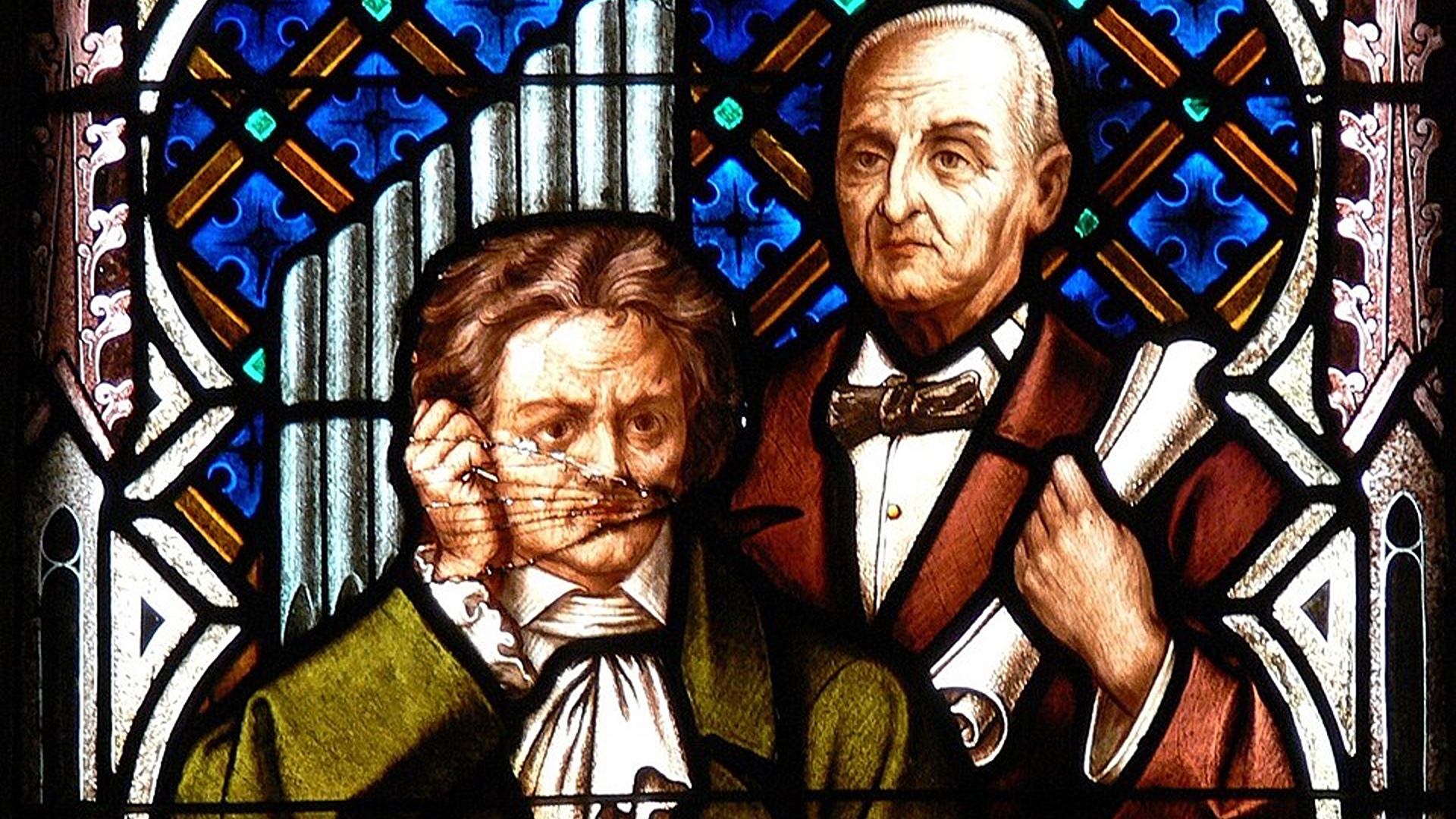The symphonies of Anton Bruckner have been compared with the architecture of a great cathedral. Unfolding in an ABA da capo form, the brief motet, Locus iste (“This Place”), exhibits a similar sense of structure and divine mystery. Commentator Peter Strasser has observed that the work’s motifs function as architectural building blocks.
The latin text, derived from the biblical stories of Jacob’s Ladder in Genesis and the burning bush in Exodus, is used to commemorate a church’s dedication. It translates as “This place is made by God, inestimably sacred, irreprehensible.”
Bruckner composed the four-voice motet in August of 1869 for the dedication of the Votivkapelle (votive chapel) at the New Cathedral in the Austrian city of Linz, where he had served as organist. There are echoes of Mozart’s Ave verum corpus, K. 618.
Here is a 2022 recording by Philippe Herreweghe, Ensemble Musique Oblique and La Chapelle Royale:
This performance, recorded at Les Dominicains de Haute-Alsace in Guebwiller, France, features the ensemble VOCES8:
Recordings
- Bruckner: Locus iste, WAB 23, Philippe Herreweghe, Ensemble Musique Oblique and La Chapelle Royale, harmonia mundi
- Bruckner: Locus iste, WAB 23 VOCES8 Amazon
Featured Image: “Beethoven and Bruckner commemorated on a stained glass window of the Linz Cathedral”

